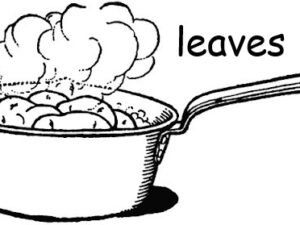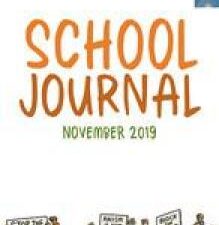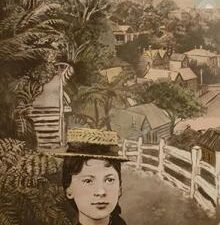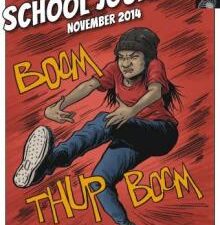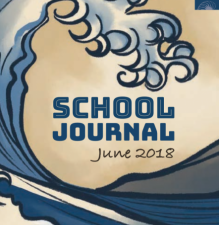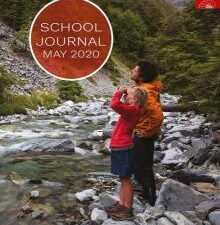Lesson Preparation
Each lesson plan has a contextual background to familiarize yourself with the topic. Noted Key Understandings in the lesson plan that underpin the topic in question will need to be emphasized for students to leverage off. A selection of references provide a pathway to expand your own understanding if applicable. Students: will need access to I.T. and appropriate reference books as the lesson sequence unfolds; they will need a means of recording thoughts, facts and information as individuals and in groups.
Whole class
This is an ideal strategy to scaffold the concept of sustainability for your students. Begin with whole class shared reading of text, drawing out key ideas, exploring language as appropriate and identifying main ideas in the journal text before systematically working through the 10 student project sheet questions as a class discussing and recording new learning as you progress. Questions drawn from the text can be explored further through google searches or from appropriate reference books from the school library.
Small groups
Ideal for developing co-operative skills – a key aspect of ‘thinking sustainably’. Following whole class shared reading of the text (as above) or shared reading within the group (ideally 3 or 4 students per group), students work through the project sheet. Utilizing strategies such as the Jigsaw for each of the questions will help to strengthen key concepts and understandings both within the group and across the class setting. Alternatively, Think-Pair-Share could be encouraged during small group discussions to ensure all student ideas are valued and heard.
Independent
Once confidence and understandings have been developed and cemented, students could independently read the journal text before systematically working through the 10 student project sheet questions. As an extension, and to ensure the development of co-operative skills, students could arrange ‘meetings’ with other students following completion of each activity to encourage the sharing and extension of ideas.
As part of your reading program:
- Comprehension strategies that can be utilized when reading the text: making connections to prior knowledge; asking questions; visualising or creating mental images; inferring meaning; identifying the writer’s purpose and point of view; identifying the main idea or theme.
- Comprehension strategies covered in the student project sheet – Blooms taxonomy (Q2-6 & 10) – include: summarising the information or events in texts; analysing and synthesising ideas, information, structures, and features; evaluating ideas and information. Forming and testing hypotheses.
As a homework activity / day relief or CRT project


